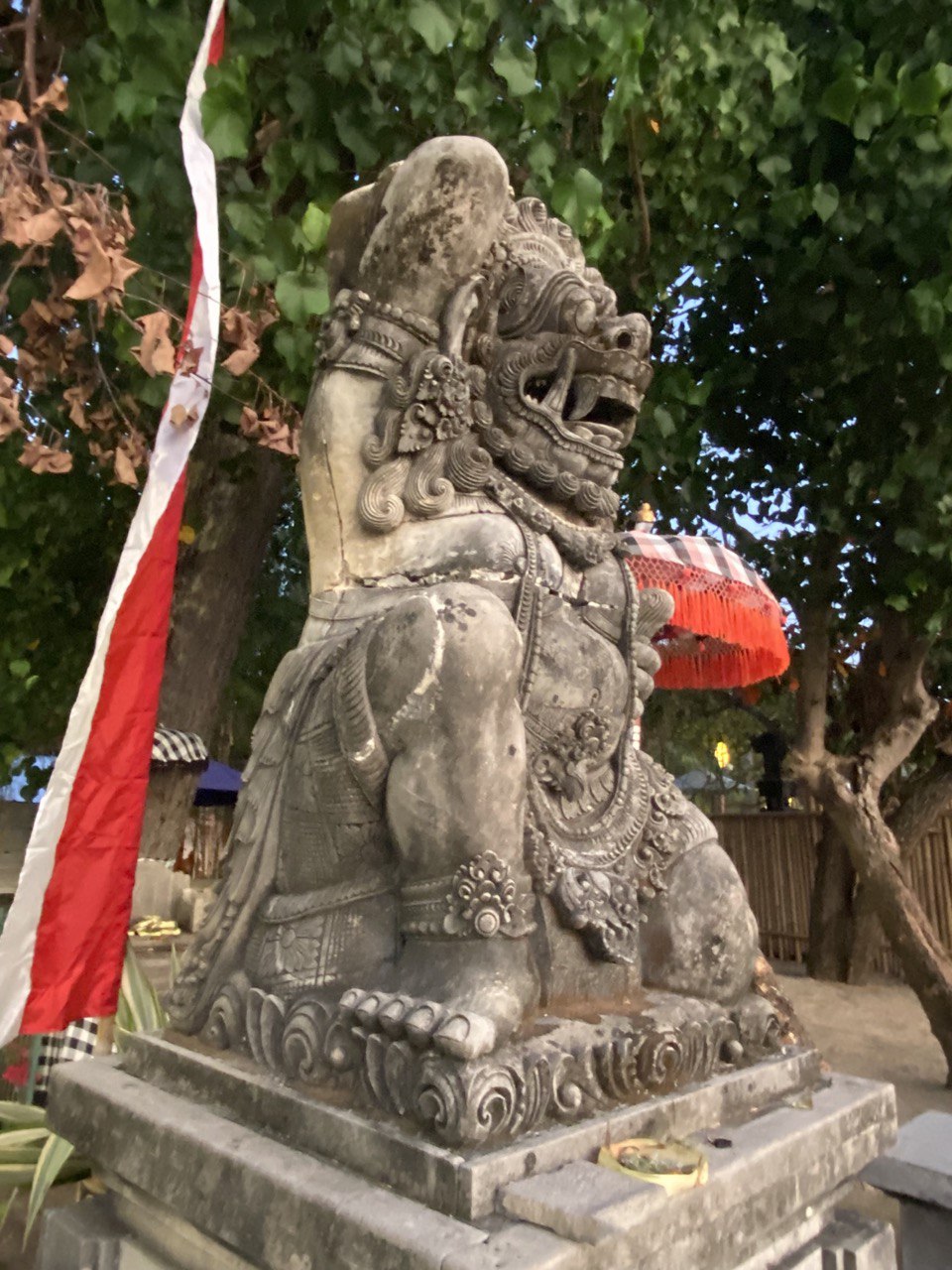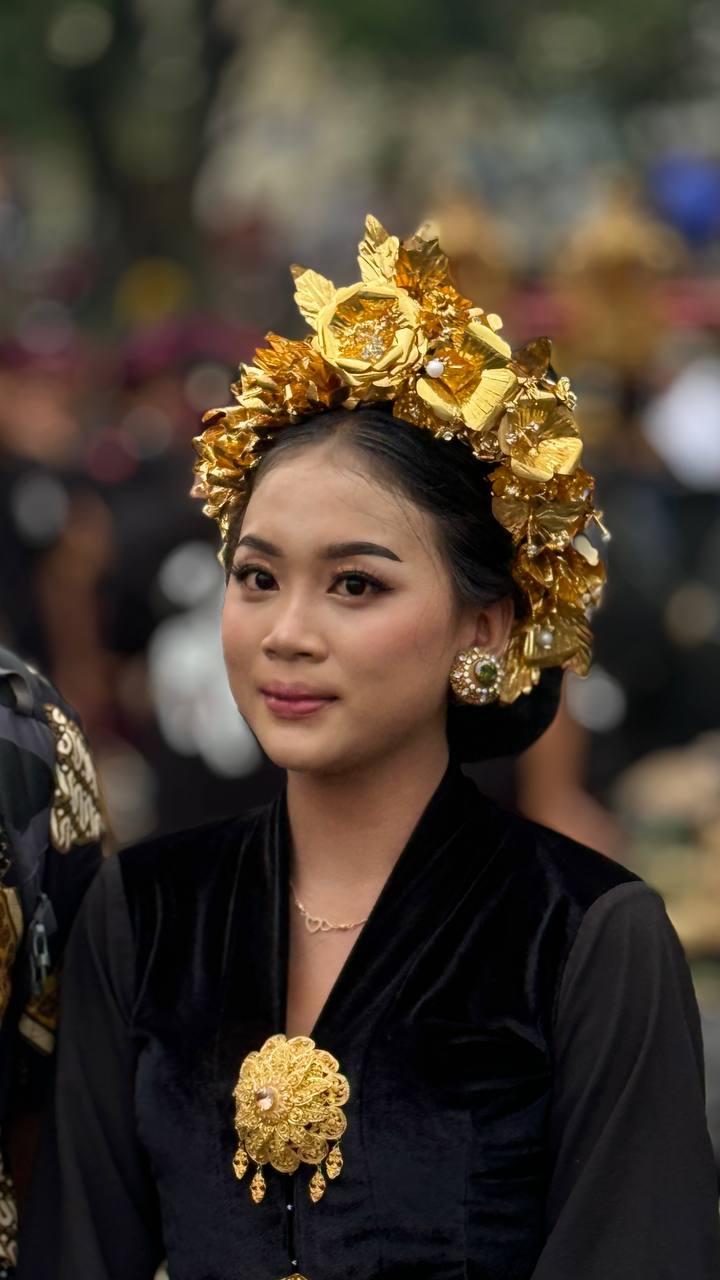Have you ever noticed that something strange happens in Bali between 6pm and 7pm?
During this time, the streets appear unusually quiet, and no Balinese children can be seen playing outside. This fascinating time, known as Sandikala, offers a window into Bali's rich cultural heritage.
What is Sandikala?
Sandikala, which occurs precisely between 6pm and 7pm as the sun sets in Bali, marks the transition from day to night. This special time is believed to bring about a significant change in the atmosphere, affecting our perceptions, senses, and physical well-being.
The Monsters of Sandikala
In Balinese folklore, Sandikala is accompanied by two mythical beings: Bhuta Kala and Batara Kala.
Bhuta Kala is depicted as a dark monster that spreads fear and temptation by amplifying negative feelings. Legend has it that Bhuta Kala is linked to disasters and troubles, disrupting the balance between our world and the spiritual realm.

Batara Kala, on the other hand, is described as a massive man-eating being whose role is to guide those affected by the mystical forces of the sunset to the realm of the dead.

What Sandikala Means for the Kids in Bali?
In Bali, it's believed that children are especially sensitive to negative energies during Sandikala. This is why the parents prohibit them from venturing outside between 6pm and 7pm. Additionally, families may perform rituals and prayers to ensure protection for their children during this dreaded hour.
Illustrating the potential consequences of Sandikala, is the story of Dayu Tantri.
The Tale of Dayu Tantri
Dayu Tantri was a cherished daughter of a prominent and wealthy Balinese family. She was blessed with both beauty and intelligence, and her parents held high hopes for her future.

One fateful day, during the mystical hour of Sandikala, young Dayu Tantri mysteriously disappeared from home. Sometime later, a neighbour made a startling discovery: Dayu Tantri was pregnant. Desperate for answers, her parents uncovered that the father of her unborn child was none other than the son of one their workers.
The revelation shook the family to its core. Despite their initial shock and disappointment, they reluctantly agreed to a marriage between the young couple. However, the pressures of society and the significant gap in social status between Dayu Tantri and the young man weighed heavily on her. Feeling isolated from her family and overwhelmed by her unexpected pregnancy, she tragically took her own life the night before the wedding.
The tale concludes with the belief that Dayu Tantri's untimely death resulted directly from the events that took place during Sandikala. Her story serves as a reminder of the potential consequences of straying from the safety of home during this bewitching hour.
Physical Effects of Sandikala
In Balinese tradition, sleeping between 6pm and 7pm is strictly prohibited due to the belief that the setting sun can disrupt one's natural rhythms, causing headaches, disorientation, or discomfort upon waking. This belief acts as a practical deterrent against sleeping during Sandikala, emphasizing the importance of cultural norms and traditions associated with this mystical hour.
In conclusion, Sandikala offers us a captivating glimpse into the rich tapestry of Bali's culture and spirituality. It serves as a poignant reminder of the delicate balance between day and night, and the interplay of light and darkness in our lives.
What are your thoughts on how the sunset affects our bodies and energy?
Sources:
You can add one right now!